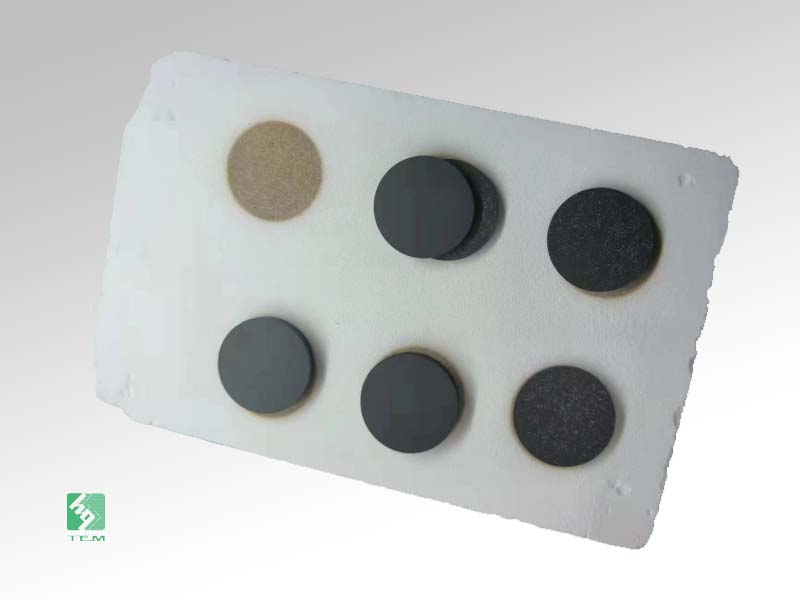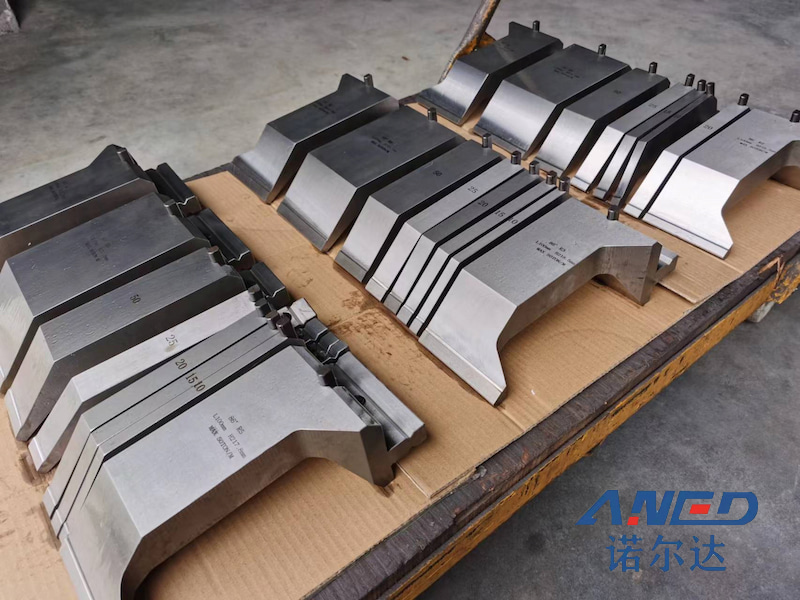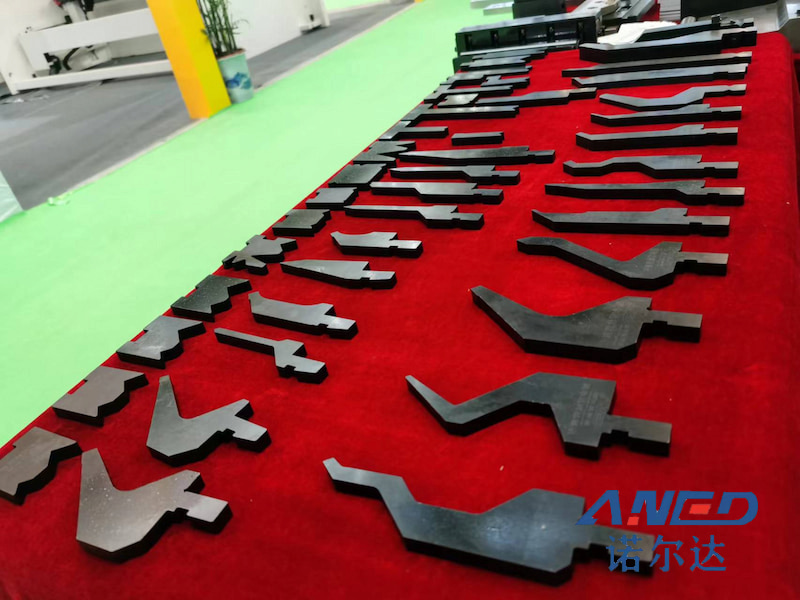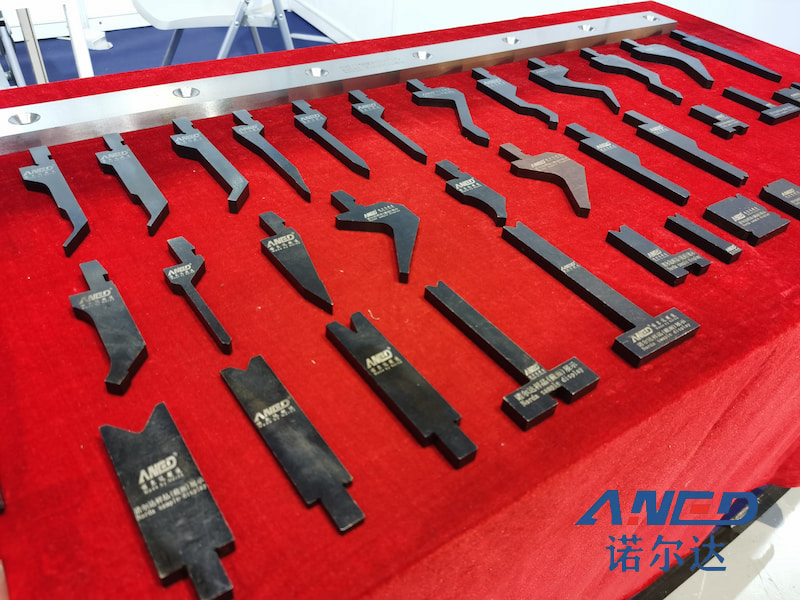Heating cables are versatile tools used in a variety of applications, from keeping pipes from freezing to providing cozy warmth underfoot in residential spaces. Their ability to efficiently convert electrical energy into heat makes them essential for both industrial and domestic use. In this blog, we will explore the workings of heating cables, their types, applications, and safety considerations.
What are Heating Cables?
Heating cables, also known as heat trace cables or heating tapes, are electrical devices designed to generate heat. They consist of a conductor that carries electricity, which generates heat due to resistance. These cables can be installed in various settings to provide consistent heating, ensuring that temperatures remain stable and materials remain free from frost or ice.
How Do Heating Cables Work?
Heating cables operate on a simple principle known as resistive heating. When electric current passes through the conductor, it encounters resistance, resulting in heat production. This heat is then transferred to the surrounding environment.
Heating cables come in two main types:
1. Constant Wattage Heating Cables**: These cables provide a consistent level of heat regardless of the surrounding temperature. They are typically used in applications requiring continuous heating, such as preventing freeze damage in exposed pipes.
2. Self-Regulating Heating Cables**: These cables adjust their power output based on the temperature of their environment. As the temperature rises, the cable reduces its output; when the temperature drops, it increases heat generation. This feature helps prevent overheating and makes self-regulating cables more energy efficient.
Applications of Heating Cables
Heating cables have a wide range of applications across different sectors:
Residential Heating: One of the most popular uses is in underfloor heating systems, providing warmth in homes and enhancing comfort during colder months.
Pipe Freeze Protection: In areas with extreme winter climates, heating cables can be wrapped around pipes to prevent them from freezing and bursting, protecting homes and buildings.
Roof and Gutter De-icing: Installing heating cables on roofs and in gutters helps prevent ice dams and snow accumulation, which can lead to structural damage and water leaks.
Industrial and Commercial Use: Heating cables are used in various industrial processes to maintain temperatures of fluids in pipes and tanks, ensuring flow and preventing solidification.
Safety Considerations
While heating cables are generally safe to use, there are important safety considerations to keep in mind:
Proper Installation: Ensure that heating cables are installed according to the manufacturer's guidelines. Incorrect installation can lead to overheating or electrical issues.
Regular Inspections: Regularly check the cables for signs of wear or damage. Look for fraying, cracks, or exposed wires that may pose risks.
Thermostat Control: Using a thermostat to regulate temperature can enhance safety and efficiency. It prevents excessive heating and saves energy costs.
Choosing Quality Products: Invest in high-quality heating cables from reputable manufacturers to ensure safety and efficacy.
Conclusion
Heating cables are an effective solution for a wide variety of heating needs, from residential comfort to industrial processes. Understanding how they work and knowing their applications can help users optimize their heating systems and ensure safety. Whether you’re considering heating cables for your home or a commercial facility, their efficiency and reliability make them a smart choice. If you have any questions about heating cables or their installation, feel free to reach out!








